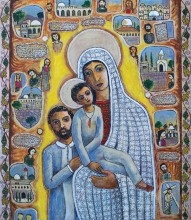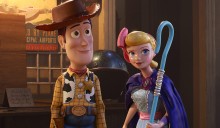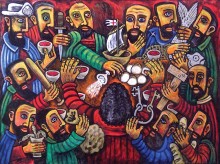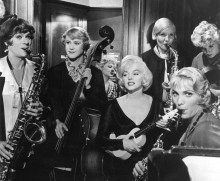Crossings
The great gray whales are training their young
for the long trek north I watch their majestic rise,
the plunge, and rise again toward storms
and darkened bays where killer whales wait.
And still they dive and blow, spumes lifting.
This balcony overlooks a rocky shore
where a thousand years of surf have carved
sandstone into a gallery of curves and shapes—
a human family leaning into each other,
a mother without arms, her child submerged.





